Unless you actually rely on medical devices, you might not realize how important for your survival some of them are. In particular, if you don’t have any major breathing problems, or they are largely under control, you may not give much thought at all to oxygen concentrators.
Until you need them… That’s the moment you realize you should have read and learned more about them. Including how to supply power to them in case of a major emergency in which conventional electricity may not be available for days or longer.
That’s the article you need to read to get this knowledge!
How Much Power Do Concentrators Take?
The amount of electricity required for each unit depends largely on the size of the compressor and the manufacturer ratings. In most cases, the devices will run on batteries, however there is also considerable variance on how efficient the unit is and how much oxygen it can actually produce.
As a general guide, older, home oxygen concentrator units required about as much electricity as refrigerator. Modern devices might take as little as a low wattage microwave, while others may still require quite a bit more.
There a few things to be aware of before buying a concentrator for survival needs, and here are some of them:
- Amperage required by the device
- Voltage output from the emergency battery pack
- How long the concentrator will run on the battery pack at different oxygen output amounts
- How long the batteries are expected to last and what they are made from
How Many Batteries You Need to Buy
When it comes to buying batteries, most people will buy one for charging and another for using any given device, but this is not always the best route to take, because not having enough batteries for charging and powering can spell disaster.
Buying more batteries than needed can take up excess space and also create a situation where rechargeable batteries are not used at optimal loads and rotations. At the very least, consider the following:
- Find out how long a fully charged battery will power the concentrator at its highest setting. Take that number of hours and divide by 2 (just in case you cannot fully charge a battery up before it has to be rotated back into service.) In this example, let us say that a fully charged battery will last 12 hours at full charge. Instead of buying just 2 batteries, you would purchase four for use during a single day.
- Next, determine how much power you can generate each day, and how much of it can be used for charging up the concentrator batteries. If it takes 8 hours to fully charge a single battery, then you should be able to charge 1 – 3 batteries per day. Add that number of batteries to the ones that you expect to use in a day. In this example, you would need 3 batteries for charging plus 4 for regular use; meaning that you would need 7 batteries.
- Finally, it is also very important to consider long term wear and tear on the batteries. Even if you purchase batteries that can be deep cycled 1000 times, they may become useless in 3 – 5 years. In this particular example, add at least 3 batteries in case some of them go bad. Just be sure that you also plan on rotating them into the system so that the internal parts remain active and do not corrode or become destroyed by lack of use.
What Is the Best Way to Power an Oxygen Concentrator Off Grid?
Many people wrongfully assume that power for critical medical devices such as concentrators can come from any source, and think they can just put up a few windmills and solar panels, and then expect that combination to produce enough power.
When must run a concentrator around the clock or charge up batteries to run that concentrator, there is no such thing as waiting for the sun to come back out or for a wind to kick up. What you need is a reliable system of renewable energy that will never run out, and will not be dependent on the vagaries of the weather.
Here are a few systems that might work, but remember that you will need access to a number of resource that may take some time and effort to develop. While you can still get started with solar and wind power, do not overlook these systems.
Above Ground and Underground Water Wheels
If you are fortunate enough to live near a stream or river, there is no reason why you cannot set up a water wheel and generating motor. Take the time now to calculate the rate of flow of water and also the size of the wheel that you will need to generate the necessary amount of current.
As may be expected, if you live in colder climates where rivers and streams routinely freeze, you will need to see if the lower levels of water will remain fluid enough to push the wheel.
Today, far too many people place water wheels where they can be partially seen above the water level instead of taking the time to immerse them near the center of the water flow. While it takes considerably more work to build a fully immersed wheel that will still turn, it is well worth the effort in colder climates.
If water never freezes in your local area, then it may still be safe to build a more conventional water wheel.
Underground Water Pipe Systems
When it comes to new innovations in using water for generating electricity, underground water pipes are truly some of the best and most innovative. As long as you have a constant source of water flowing through these pipes, water wheels placed within the pipes can be used to generate electricity.
Many people do not think about this option because they do not live near a pond, stream, or other source of water that can be used for underground irrigation. That being said, even extremely dry or cold regions have all kinds of underground streams and rivers that can be tapped for this purpose.
As long as you know where they run through your land, you might drill down to their level and install both pipes and suitable equipment for generating electricity: you won’t have to worry about freezing temperatures, there will be very few, if any ways for the equipment to be stolen.
This system does have some drawbacks if you are in an earthquake zone or any other area where shifting underground geographies can crush the pipes.
Sink Drain Power Generation
As long as you have water, you will also have electricity with this system. Basically, all you need to do is install mini water wheels in the outgoing pipe drains of your home. They can be cleanable as garbage disposals, and other drain systems.
Even though there are no devices of this type on the market, you should be able to make your own. Unlike a number of other power generation systems, this one can work for you in a city setting as long as municipal water continues to flow through the tap.
Just remember that if you have to rely on this system for generating electricity, the source of the water must be energy neutral. For example, you will need either a ram pump to draw water from a pond, or even an Archimedes screw from some other surface body of water. If you are fortunate enough to have an artesian well, then you will be one step ahead.
How Reliable Are Oxygen Concentrators and Can They Be Repaired?
The most vulnerable part of the concentrator is the compressor that draws air into the unit and then packs it into a smaller amount of space before pushing it into the chamber housing the zeolite crystals. As with many other things, modern compressors are not as well built as older ones.
If you can, carefully study the compressor systems in different concentrators, and then find out if there are working vintage models that can be substituted into the system. Even though you may have to adapt some of the fittings, it is well worth the effort. Being able to replace the compressor can easily extend the life of the concentrator from just a year or two to well over a decade without much need for other kinds of repair.
It can be said that concentrator reliability also comes down to good maintenance and being aware of the kinds of problems that can occur. When it comes to survival scenarios, fuses and IC circuits will always be a problem if an EMP occurs. Since many of these circuits control the opening and closing of purely mechanical valves, it may be possible to use gravity based levers or pulley systems to manually open an close the valves at proper intervals.
In Classical Greece, there was a “robot” that was able to mix proper concentrations of wine and water without using any kind of electricity, and if you do some experimenting, you can find a way to achieve this goal.
If you do not want to ruin a perfectly good concentrator, buy an old one that is no longer functional. You will learn plenty about how the system works, as well as how to improvise and develop work arounds for areas that might be weak points during a survival scenario.
What to Do When the Concentrator Stops Working
If you already have concentrator or have seen one in use for any length of time, then you already know that there are times when they will fail. As with any other machine, there are simple causes for these failures as well as more complex ones. Here are a range of problems that you may encounter as well as how to deal with them:
- If the concentrator is running, but you do not feel air coming out, one or more airline tubes may be kinked. Depending on how the air tubing leaves the unit, there may also be a kink behind the unit where you won’t always see it right away. Make sure that you can easily get around every part of the concentrator so that you can locate any loose or crimped tubes.
- The concentrator goes offline and refuses to start. Any number of problems may cause the unit to stop or refuse to start at all. If you are running the unit on batteries, you can start off by making sure that the battery has enough power and that it is hooked up properly. Some manufacturers also provide trouble shooting guides that will help you determine other simple things that may be causing the fault.
- If the unit fails after all of the simple things have been eliminated, there may be a blown fuse inside the unit, or the compressor may have failed. This type of repair can be complicated. Unless you actually know how to repair a concentrator, or have enough background in electronics, you should not try to do this during a crisis situation. That being said, there is no harm in getting the schematics for the model concentrator that you own and making sure that you know how to handle a range of problems. While this process will take time and effort to learn, it will be worth your while. In a crisis, there may be no such thing as a qualified repair person to help put your concentrator back into service. If you do not feel confident about delving into repairing these devices, then make it a point to find friends among your neighbors that might be able to help you in time of need. If you are in a survivor community, there is sure to be at least one or two people that can do this job on your behalf.
Do you know enough now to make an oxygen concentrator work for you? Use the comment form below to share you thoughts and ask your question about these lifesaving devices!
CLICK HERE to read more on surviving an EMP with a disability!
This article has been written by Carmela Tyrell for Survivopedia.


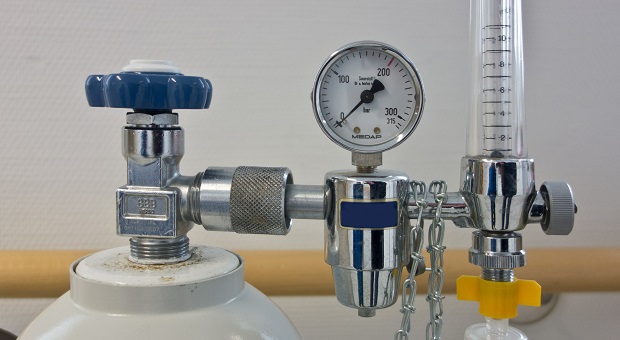
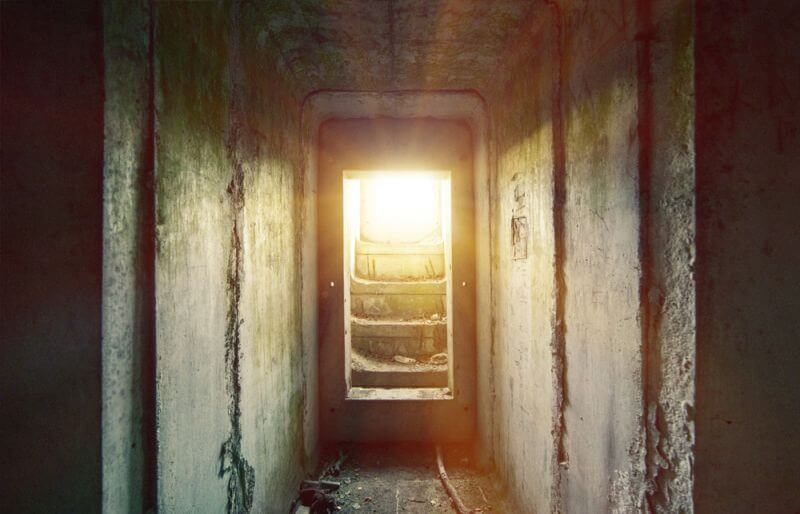
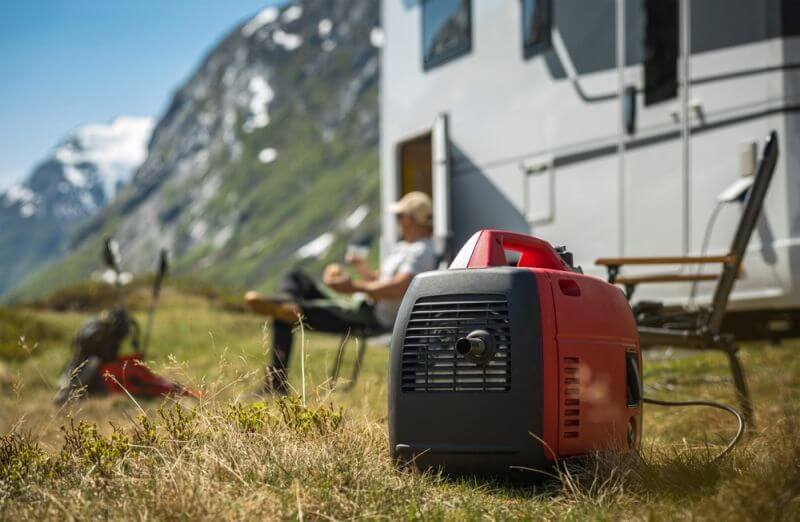
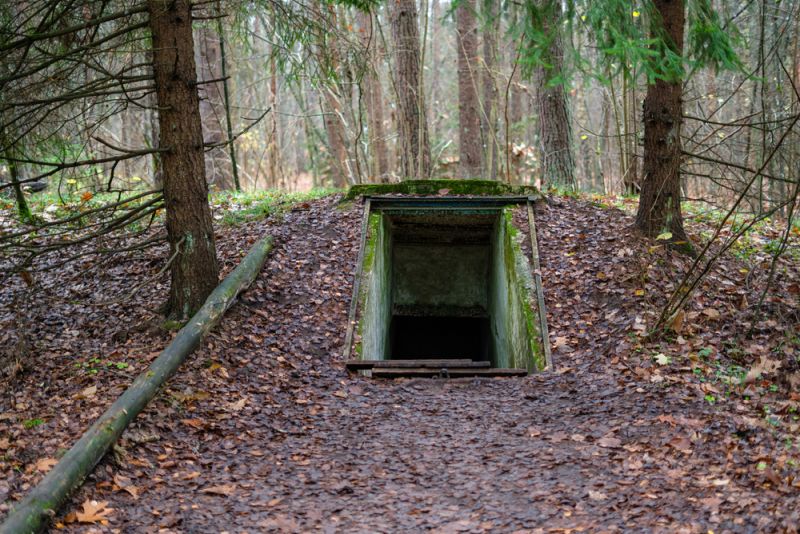
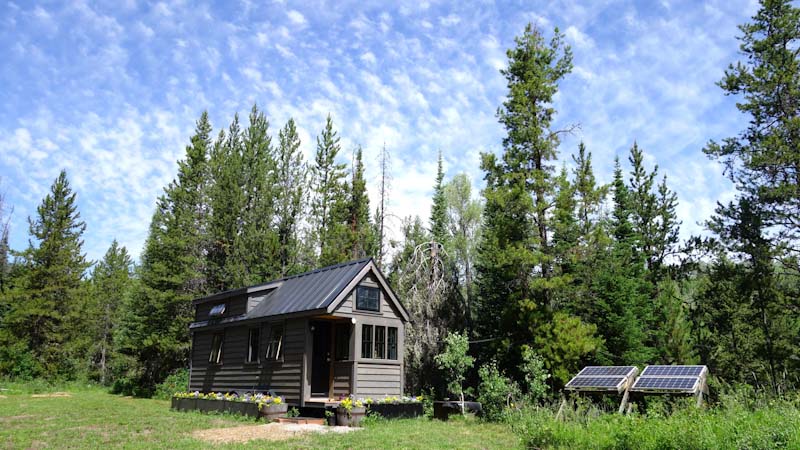

Pingback:EMP Survival: Power For Your Oxygen Concentrator | Prepper's Survival Homestead | March 10, 2016
|
Diana Becker Mullins | March 10, 2016
|
Purchased a solar Generator from a company only to find out it would not power my oxygen concentrator or the sump pumps. Have left it in the box. Will only power up phones, lap tops, 100 watt fridge and lamp of 100 watts.
Bought a warranty also. Really disgusted I didn’t have more info before purchasing from Sciene Solutions. Feel like a real dumb cluck.
Also too heavy for me to move and cord won’t reach into house if panel is on south of house.
Guess if power fails, basement will flood and I won’t have oxygen. Get more info before you put out $1,000.00+ dollars
Pingback:Survival News 03/10/16 | Survival Pulse | Daily Survival & Prepper News | March 10, 2016
|
Penny | November 11, 2020
|
There is no current system to supply a stationary oxygen concentrator with power as far as solar or wind affordable. The only answer right now for people dependent as myself is a generator. The easiest solution I can think of is to purchase a 5000-7500 watt generator which hooks up to dual fuel gas/propane with key start and purchase propane tank big enough to handle a couple days of supply of propane hoping electric doesn’t stay out more than a couple days. I am getting ready to go through a scary winter, we lose electric.
Ken Caye | March 11, 2016
|
Considering that the batteries for my wife’s portable concentrator run approx. $400 to $535 EACH, having a backup of 7 would be a bit much. You could just buy a couple of refurbished machines for your backups.
Pingback:EMP Survival: Power For Your Oxygen Concentrator | TheSurvivalPlaceBlog | March 15, 2016
|